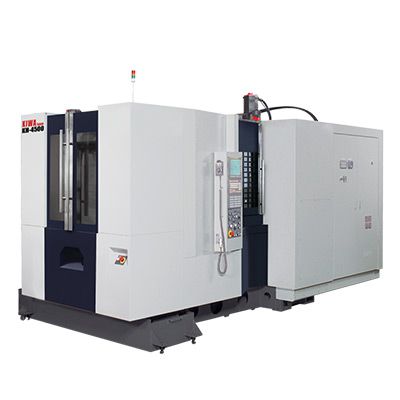Understanding the Functionality and Applications of R-134a Manifold for HVAC Systems
Understanding the 134a Manifold A Vital Tool for HVAC Technicians
The 134a manifold, often referred to as a refrigerant manifold gauge set, plays a crucial role in the maintenance and servicing of HVAC systems, particularly those utilizing R-134a refrigerant. As a technician, understanding how to effectively use this tool not only enhances your efficiency but also ensures that you adhere to industry standards and regulations designed to protect the environment and promote safety.
What is R-134a?
R-134a, or tetrafluoroethane, is a hydrofluorocarbon refrigerant commonly used in automotive air conditioning systems, as well as in various refrigeration and cooling applications. It was introduced as a replacement for R-12 (dichlorodifluoromethane), which is known for its ozone-depleting properties. R-134a has a low global warming potential, making it an environmentally friendlier option compared to some of its predecessors.
Function of the Manifold Gauge Set
The 134a manifold consists of a set of gauges and hoses that enable technicians to monitor the pressure levels in an HVAC system
. It typically includes1. High-Pressure Gauge This gauge measures the pressure of the refrigerant on the high side of the system, which is essential for assessing the performance of the compressor and the overall efficiency of the system. 2. Low-Pressure Gauge Conversely, the low-pressure gauge measures the pressure on the low side, crucial for determining the system's suction pressure and ensuring that the evaporator is functioning properly.
3. Valves The manifold also includes valves that allow technicians to control the flow of refrigerant, whether it involves adding, recovering, or charging the refrigerant in the system.
4. Hoses Colored hoses (typically blue for low pressure and red for high pressure) connect the gauges to the system, ensuring the accurate transfer of pressure readings.
134a manifold

Using the 134a Manifold
Proper usage of the 134a manifold is essential for optimal performance and safety. Here are some best practices
1. Preparation Before connecting the manifold, ensure that the HVAC system is off. Verify the hoses and gauges for any leaks or damage and ensure that the vacuum pump and recovery equipment are in proper working order.
2. Connection Connect the blue hose to the low-pressure service port, and the red hose to the high-pressure service port. Make sure the connections are secure to avoid leaks.
3. Taking Readings Start the HVAC system and allow it to run, then observe the readings on both gauges. A technician should compare these readings against the manufacturer's specifications for R-134a systems to diagnose any issues.
4. Charging the System If refrigerant levels are low, you can add R-134a through the low-pressure side while monitoring the gauges. Overcharging can lead to system inefficiencies or damage, so it’s essential to add refrigerant slowly and watch the readings closely.
5. Recovery When recovering refrigerant for service or repair, follow proper procedures to ensure that the refrigerant is safely removed and stored according to environmental regulations.
Conclusion
The 134a manifold is more than just a set of gauges; it’s an indispensable tool for HVAC technicians. Proficient use of the manifold gauge set not only helps maintain the efficiency of the system but also plays a significant role in environmental protection by ensuring responsible handling of refrigerants. As technology and regulations evolve, staying informed and skilled in using tools like the 134a manifold will remain essential for professionals in the HVAC industry.
-
Ultimate Spiral Protection for Hoses & CablesNewsJun.26,2025
-
The Ultimate Quick-Connect Solutions for Every NeedNewsJun.26,2025
-
SAE J1401 Brake Hose: Reliable Choice for Safe BrakingNewsJun.26,2025
-
Reliable J2064 A/C Hoses for Real-World Cooling NeedsNewsJun.26,2025
-
Heavy-Duty Sewer Jetting Hoses Built to LastNewsJun.26,2025
-
Fix Power Steering Tube Leaks Fast – Durable & Affordable SolutionNewsJun.26,2025

